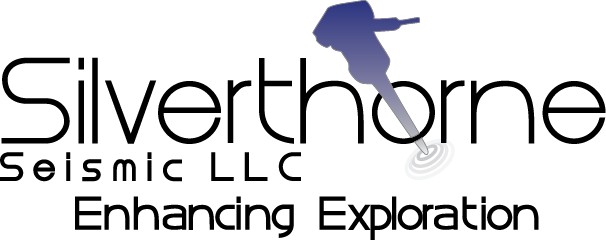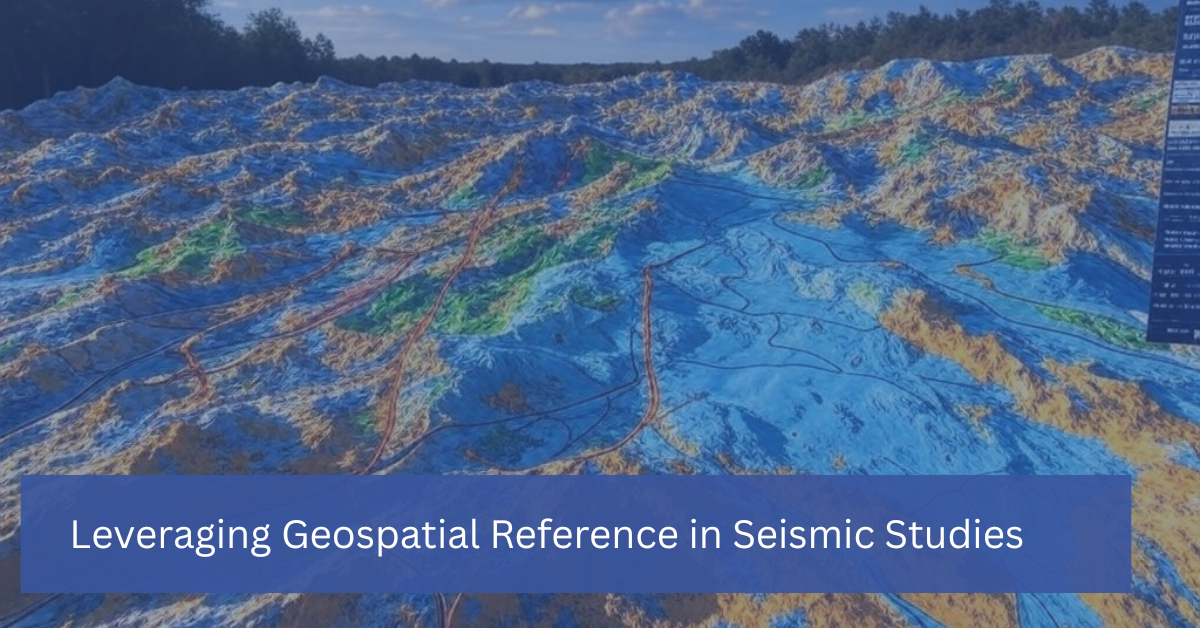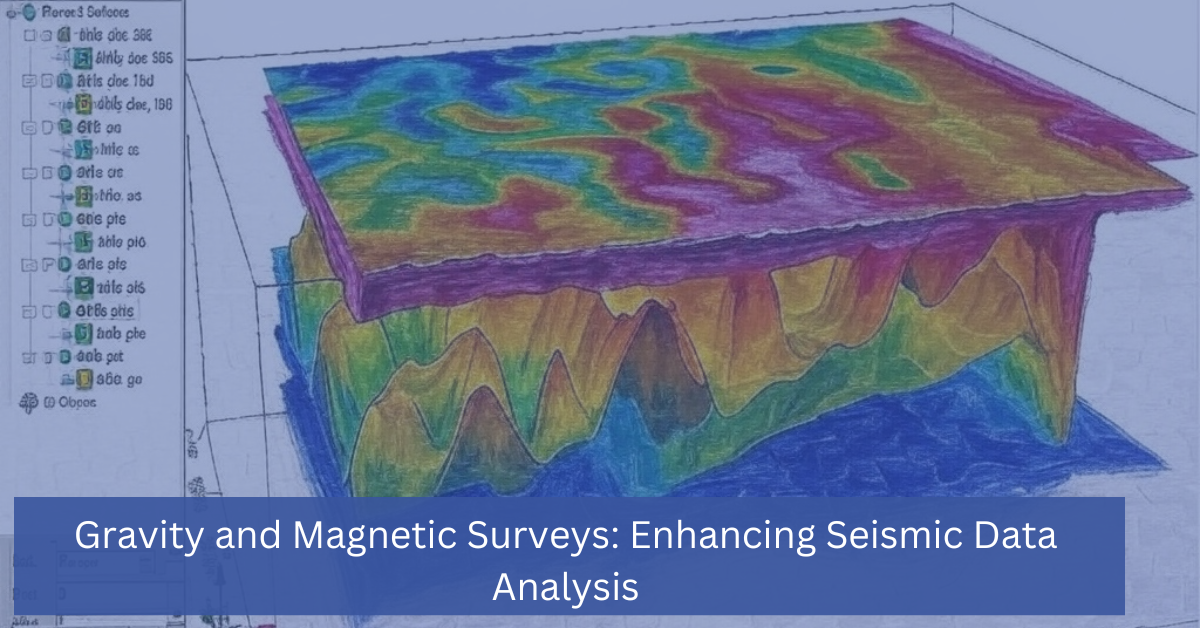In the energy sector, seismic data is a critical asset for exploration and production activities. Companies rely on this data to map subsurface formations, locate potential oil and gas reservoirs, and optimize drilling strategies. However, seismic data is typically massive in volume, requiring efficient storage solutions that can accommodate its scale while remaining cost-effective. Managing seismic data storage is a significant challenge for energy companies, and finding the right balance between performance, accessibility, and affordability is key.
In this post, we’ll explore cost-effective seismic data storage solutions tailored to the unique needs of the energy sector, helping you make informed decisions on how to manage and store large volumes of seismic data without breaking the bank.
The Challenges of Seismic Data Storage
Seismic surveys generate vast amounts of data—often petabytes per project. As the quality of seismic data has improved, particularly with the rise of 3D seismic surveys, the amount of data that needs to be stored and processed has increased exponentially. Some of the key challenges companies face include:
- Data Volume: Seismic datasets are large and can grow over time as companies gather new data or reprocess older data. This requires scalable storage solutions.
- Data Accessibility: Seismic data needs to be readily accessible for analysis and decision-making. Storing it in a way that maintains easy access while controlling costs is crucial.
- Data Security: The sensitive nature of seismic data means that security is a top priority, with energy companies needing to protect proprietary information.
- Long-Term Storage: Seismic data may need to be stored for decades, as it holds value throughout the lifecycle of an oil or gas field.
Cost-Effective Seismic Data Storage Solutions
- Cloud Storage Solutions
Cloud storage has become one of the most popular and cost-effective seismic data storage solutions for the energy sector. Major cloud providers like AWS, Google Cloud, and Microsoft Azure offer scalable, secure, and affordable storage options tailored to the needs of seismic data management.
Benefits of Cloud Storage:
– Scalability: Cloud storage can grow with your data. Whether you’re dealing with a few terabytes or several petabytes, cloud providers offer solutions that scale as needed.
– Cost Flexibility: Cloud services operate on a pay-as-you-go model, meaning you only pay for the storage and resources you use. This helps energy companies control costs, especially during periods of fluctuating data volume.
– Data Accessibility: Seismic data stored in the cloud can be accessed from anywhere, enabling teams across different geographies to collaborate more easily.
– Security: Cloud providers invest heavily in security infrastructure, ensuring that seismic data is encrypted and protected from unauthorized access.
While cloud storage is a powerful tool, the ongoing costs associated with bandwidth and storage can add up over time. For companies with long-term storage needs, combining cloud services with other options may be more cost-effective.
- Hybrid Cloud Storage
A hybrid cloud approach combines the best of cloud storage and on-premise storage. It allows companies to store active seismic datasets in the cloud for easy access while maintaining older, less frequently accessed data on internal servers or lower-cost storage solutions.
Benefits of Hybrid Storage:
– Cost Control: By storing only active or frequently accessed data in the cloud and archiving the rest on cheaper storage media, companies can optimize costs.
– Increased Flexibility: A hybrid model offers flexibility in managing seismic data, allowing companies to decide which data should remain accessible and which can be archived.
– Enhanced Security: Sensitive or proprietary seismic data can remain on-premise, while the flexibility of the cloud allows for faster data processing and sharing across teams.
Hybrid storage offers the best of both worlds, keeping seismic data safe and accessible while maintaining cost-efficiency.
- Object Storage
Object storage is another cost-effective seismic data storage option, particularly suited for handling large datasets like seismic data. Unlike traditional file storage systems, object storage allows for the storage of unstructured data, like seismic data files, in a way that is highly scalable and easy to manage.
Benefits of Object Storage:
– Scalability: Object storage can easily scale to accommodate large amounts of data, making it ideal for storing the vast datasets generated by seismic surveys.
– Affordability: Object storage is generally more affordable than traditional file or block storage systems. Many cloud providers offer object storage services, which can be a cost-effective solution for long-term data retention.
– Data Durability: Object storage ensures high data durability, with providers typically offering replication across multiple locations to prevent data loss.
- Tape Storage for Long-Term Archiving
For seismic data that doesn’t need to be accessed regularly, tape storage is one of the most cost-effective solutions for long-term archiving. Tape storage has been a reliable storage method for decades, and modern advancements have made it even more efficient and secure.
Benefits of Tape Storage:
– Low Cost: Tape storage is significantly cheaper than hard drive or cloud storage for long-term data retention, making it an attractive option for archiving seismic data.
– Longevity: Tape has an impressive shelf life, with many systems designed to safely store data for 30 years or more.
– Offline Security: Since tapes are stored offline, they are not vulnerable to cyberattacks, providing an extra layer of security for sensitive seismic data.
Tape storage is ideal for seismic data that is not needed for day-to-day operations but must be retained for future reference or regulatory compliance.
- Data Compression and Deduplication
Reducing the amount of storage space required is another way to make seismic data storage more cost-effective. Data compression and deduplication techniques can significantly reduce the size of seismic datasets without sacrificing data quality.
Benefits of Compression and Deduplication:
– Reduced Storage Needs: By compressing and deduplicating seismic data, companies can store more information in less space, resulting in lower storage costs.
– Improved Performance: Compressed data is often easier to transfer and process, improving overall efficiency.
– Cost Savings: Lower storage space requirements directly translate into cost savings, whether using cloud, hybrid, or on-premise storage solutions.
Managing seismic data storage effectively is critical for companies in the energy sector, where massive datasets are generated regularly. To remain competitive while controlling costs, energy companies must adopt cost-effective seismic data storage solutions that offer scalability, accessibility, and security.
Cloud storage, hybrid models, object storage, and tape archiving provide various options that cater to different stages of the seismic data lifecycle. Combining these solutions with techniques like data compression can further optimize storage efficiency and reduce costs.
By investing in the right seismic data storage strategy, energy companies can ensure that their valuable data remains accessible, secure, and manageable—without overspending.







